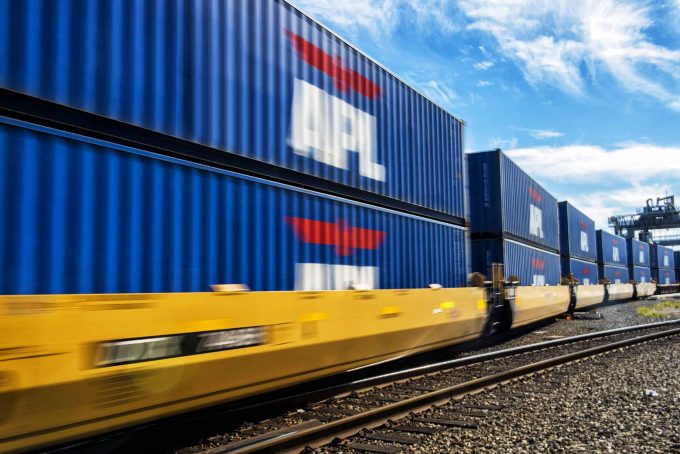Insight into Intra-Americas: South America-North America
Airfreight volume from Central and South America to North America has declined in low single ...

Transpacific ocean carriers are deadheading more equipment back to Asia than ever before – with US import tariffs actually exacerbating the imbalance.
According to a survey of the top 10 US ports by Alphaliner, the imbalance rate deteriorated significantly in the second half of last year, ...
MSC switches two more Asia-Europe port calls from congested Antwerp
Front-loading frenzy has made traditional H2 peak season 'unlikely'
Tradelanes: Export boom in Indian sub-continent triggers rise in airfreight rates
Carriers introduce surcharges as congestion builds at African ports
Mexican airport modernisation plan unlikely to boost cargo facilities
Canada and Mexico get cosy with trade plan to bypass US
Ports and supply chain operators weigh in on funding for CPB
Tradelanes: Overcapacity on Asia-S America impacting alliances and rates

Comment on this article